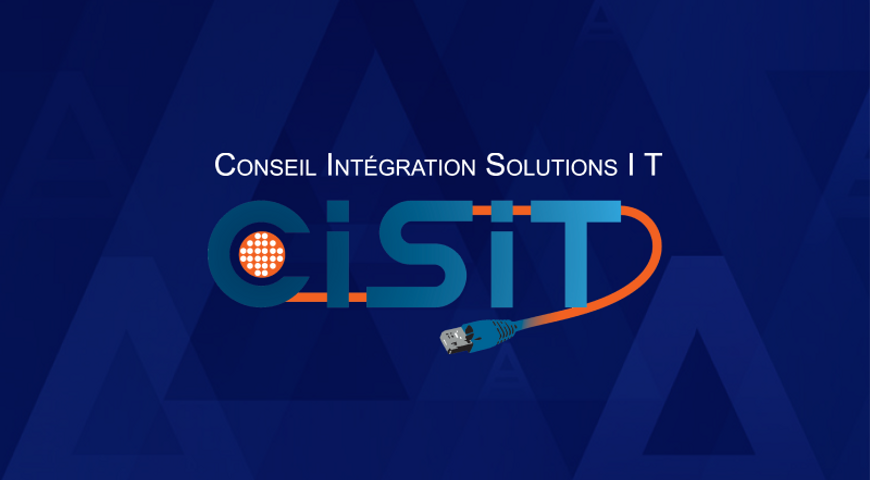For many marketing and creative professionals, preferred design tools are available exclusively on Macs. As a result, for these team members to deliver your web pages, online publications, print assets, and social media campaigns, they require Macs – no matter how Windows-based the rest of your IT environment is.
Yet IT professionals who work in modern, heterogeneous environments know that having multiple platforms in play can lead to inconsistent and insecure user experiences. You’ve probably heard all of the common complaints from Mac users:
- Long delays when viewing folder contents
- Permission issues that prevent renaming or moving of files
- Time-consuming and inaccurate search results
- Overall slow performance affecting productivity
- Inability to access files from your mobile devices
- Problems with key applications like Microsoft 365 and Adobe Creative Suite
Thankfully, the continued requirements of heterogeneous IT environments and increased adoption of “bring your own device” (BYOD) policies, means there’s a lot of effort focused on resolving these integration issues — and there are helpful lessons to learn.
These five tips will help you get the most out of your team’s various devices – ensuring secure access, improving productivity, and streamlining the experience of Mac users in your Windows environment.
1. Evaluate your Windows/Mac environment
Have a clear, up-to-date record of the users interacting with your system, including contractors, interns, and other part-time demographics. At the same time, track the different operating systems which are being used – Macs, Windows, Android devices, iOS devices, and more. Based on these records, you can determine how your system’s resources are consumed by department and operating system.
2. Conduct a user satisfaction survey
Once you have a comprehensive understanding of your IT environment, conduct an internal user survey that focuses on the different platforms they use regularly and their satisfaction with using them. Gauging the user experience will give you insights into the efficiencies and productivity across different departments. With this information, you can prioritize steps for integration moving forward.
3. Implement a company-wide BYOD policy
Successfully implementing a “bring your own device” policy is a key part of modern IT planning. Business is increasingly done outside of the office and your employees rely on a wide array of devices to keep things running when they’re on the go. Create an in-depth BYOD policy that addresses all of the platforms identified in your user satisfaction survey: one with benefits that enhance your employees’ productivity and satisfaction, while keeping your business data secure on any device with access to it.
4. Educate your users about insecure sharing tools
If your users are having problems conveniently sharing and collaborating on files across the Windows/Mac divide, it only makes sense that they’ll turn to tools that make the process easier. Unfortunately, many file sharing tools like Dropbox and FileZilla don’t offer an appropriate level of security for business data. Educate your users about the risks that come from these tools and direct them to use more secure software solutions that are designed with data protection in mind.
About Acronis
A Swiss company founded in Singapore in 2003, Acronis has 15 offices worldwide and employees in 50+ countries. Acronis Cyber Protect Cloud is available in 26 languages in 150 countries and is used by over 21,000 service providers to protect over 750,000 businesses.



